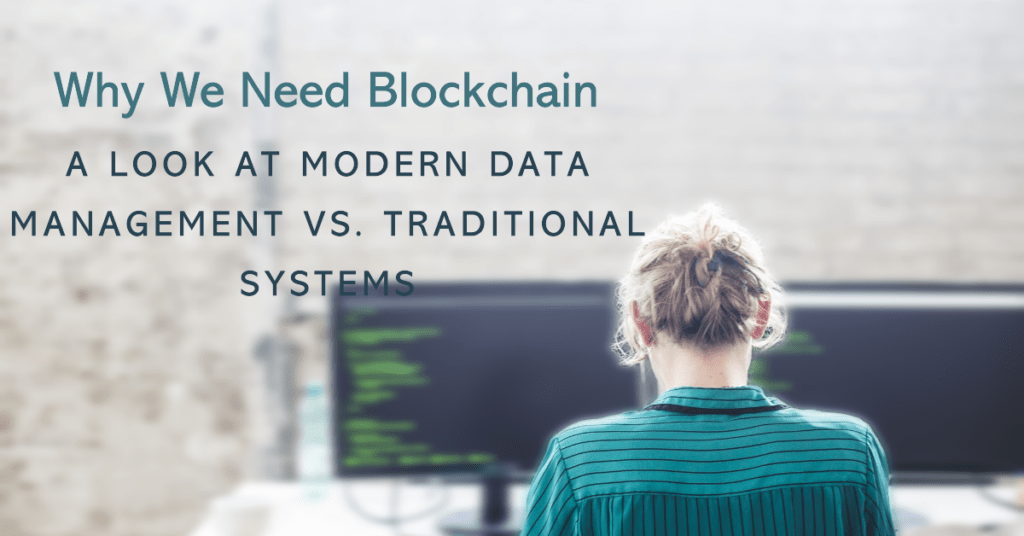The digital age thrives on data. From financial transactions to medical records, our information is constantly being created, stored, and shared. But traditional data management systems often leave us vulnerable to security breaches, inefficiency, and a lack of transparency. This is where blockchain technology steps in, offering a paradigm shift for how we handle data in the digital world.
Centralized vs. Decentralized: A Tale of Two Systems
Traditional data management relies on centralized systems. Imagine a filing cabinet with a single keyholder – a central authority that controls access and modification permissions. This approach has limitations:
Vulnerability: A single point of failure. If the central server is compromised, the entire system can be exposed. (Think of the recent data breaches that have plagued major corporations!)
Inefficiency: Middlemen slow things down. Every change or transaction requires approval from the central authority, adding time and cost.
Lack of Transparency: Users have limited control over their data and may not see the full picture.
Blockchain offers a decentralized alternative. Here, data is distributed across a network of computers, eliminating the need for a central authority. Each computer holds a copy of the entire database, creating a tamper-proof record.
Also check Play to Earn Crypto Games
The Power of Transparency and Decentralization
Blockchain brings several advantages to the table:
Enhanced Security: Cryptography ensures data integrity. Any attempt to alter a record would be immediately recognizable across the entire network.
Increased Efficiency: Transactions are peer-to-peer, removing the need for intermediaries. This speeds up processes and reduces costs.
Improved Transparency: All participants can see the complete transaction history, fostering trust and accountability.
Empowering Ownership: Users have greater control over their data, deciding who can access and modify it.
Beyond Crypto: Applications of Blockchain
While cryptocurrency like Bitcoin brought blockchain to the forefront, its applications extend far beyond finance. Here are just a few examples:
Supply Chain Management: Track the origin and movement of goods, ensuring authenticity and ethical sourcing.
Voting Systems: Create tamper-proof voting platforms, increasing trust and participation in elections.
Identity Management: Securely store and share personal information, reducing the risk of identity theft.
The Future of Data is Decentralized
Blockchain technology is still in its early stages, but it holds immense promise for revolutionizing data management. By offering a secure, transparent, and decentralized approach, blockchain empowers users and fosters trust in the digital world. As the technology matures, we can expect to see even more innovative applications emerge, shaping the future of how we interact with data.
Also check a Story on Instagram, that explains Why Blockchain is needed.
Thats all for now. Thanks for reading our blog.

Pingback: Best Data Recovery Software Free for Windows (2025)
Pingback: Decoding your tech salary to understand take-home pay better